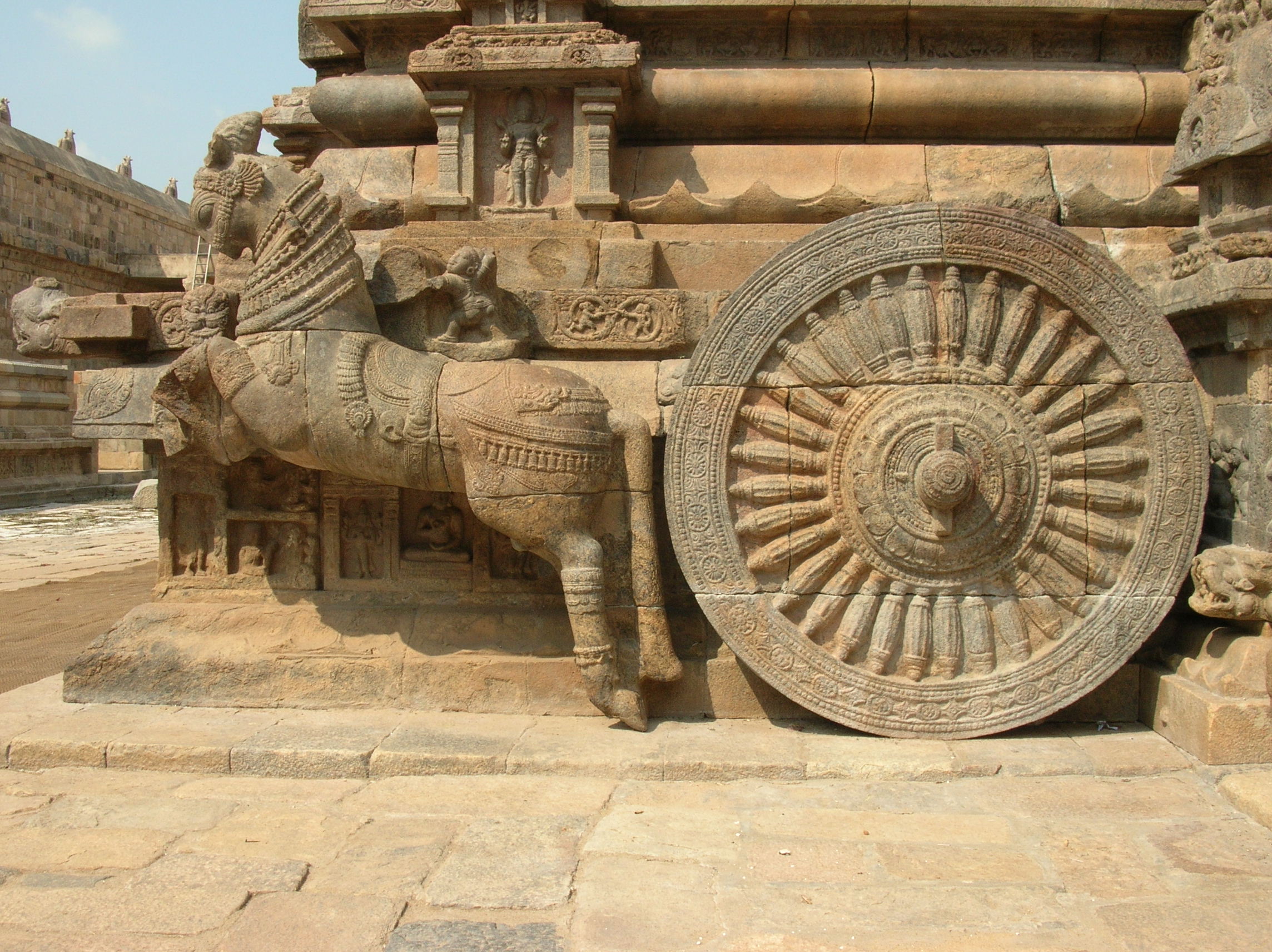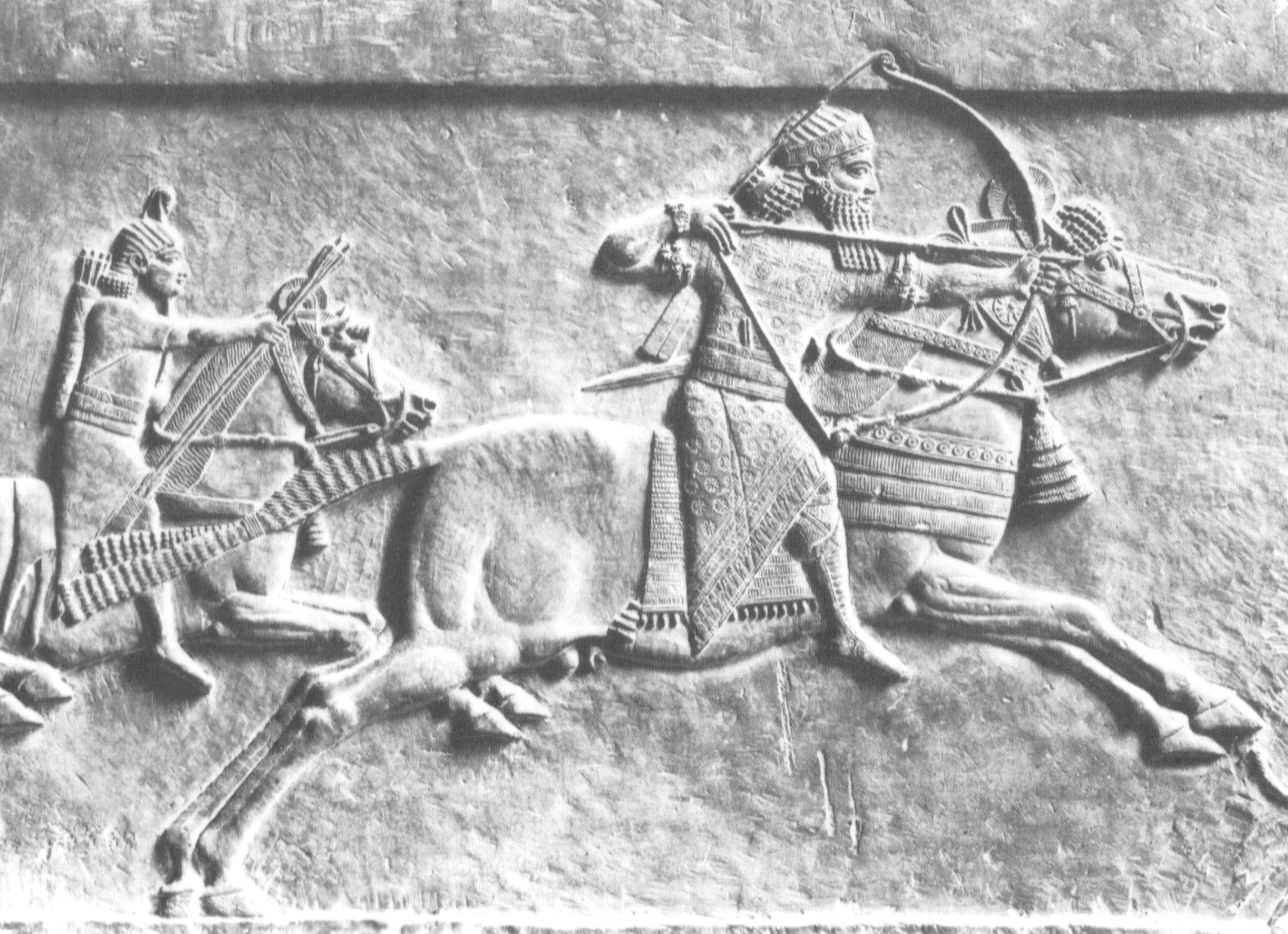Goga
Banned
- Messages
- 2,651
- Reaction score
- 152
- Points
- 0
- Y-DNA haplogroup
- R1a*
- mtDNA haplogroup
- HV1b2
Turkic people conquered Central Asia from the Iranic people very late in history. Thousands of years after the evolution of Iranic people. So, you are jumbling together different time frames!’.Yes, I know there's a Journal of Indo-European Studies. Give me an example of something in it that supports your ideas. Basically, you've got nothing, unless the Russian guy is saying something relevant, but I don't speak or understand Russian. And how am I jumbling together different time frames? The origins of PIE may possibly go back to about 5800 years ago or even earlier, although there are a lot of arguments about that. But even if PIE is that old, that doesn't, of itself, place the origins of PIE in Iran, nor does it prove that the differentiation of R1a began in Iran, both of which ideas you seem to be arguing, while somehow trying to relate that to the origins of R1a itself, which is something that happened long before either the origins of PIE or the differentiation of R1a. The maps convince me that the split between the two subclades probably happened about the time that PIE split into separate European and Indo-Iranic groups and the two subclades can be related to the language split. But there's nothing to place any of those events in Iran during the relevant time frame, except for five R1a samples that the authors think are relevant. I think you need more than that in order to make the case that the differentiation happened in Iran, and if you could prove that, such a conclusion would seem to contradict the match between the two subclades and the split of PIE into different groups, because all the archeological and linguistic evidence puts the origins of PIE on the steppes.
This so called Russian guy IS actually an ACADEMIC and the author of the so called 'Armenian Model'. According to me of all scientist he comes very close to the truth! And I'm not even talking about people like Renfrew or even Mallory who iss till very active and energetic in writing new papers.
Peope like you never expected that R1b came from West Asia. People like you never expectedthis kind of result of this R1a research. People like you never expected that some Yamna Horizon people were dark pigmented etc. All the current EVIDENCES are 100% against your ideas!
And the onlything what I can say is that time will learn. And I’m 100% positive that allthe future scientific articles will cause you a huge heart attack, hahaha.









